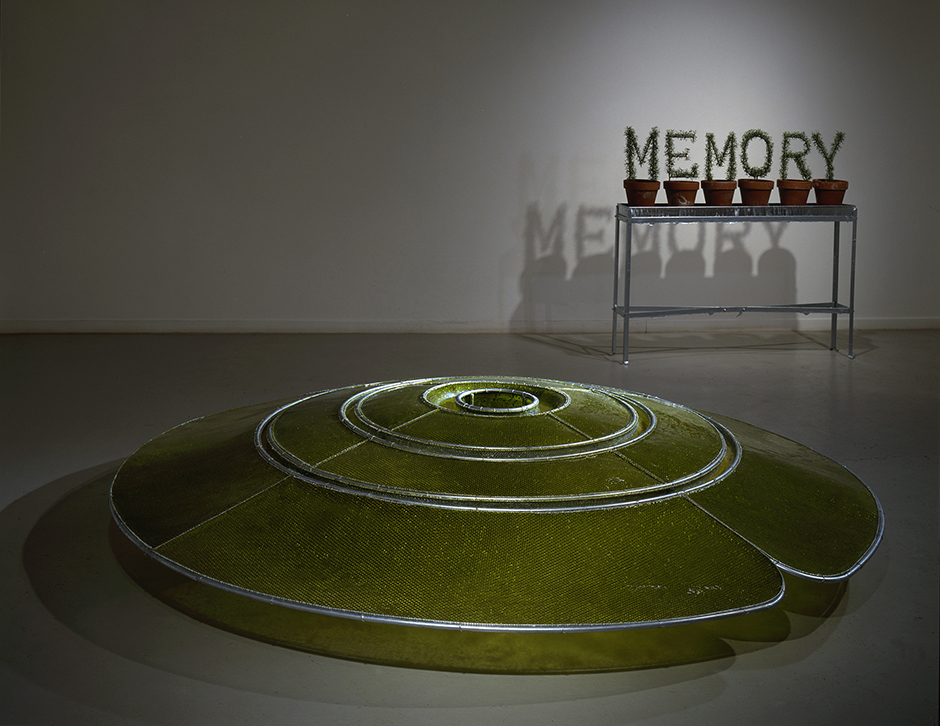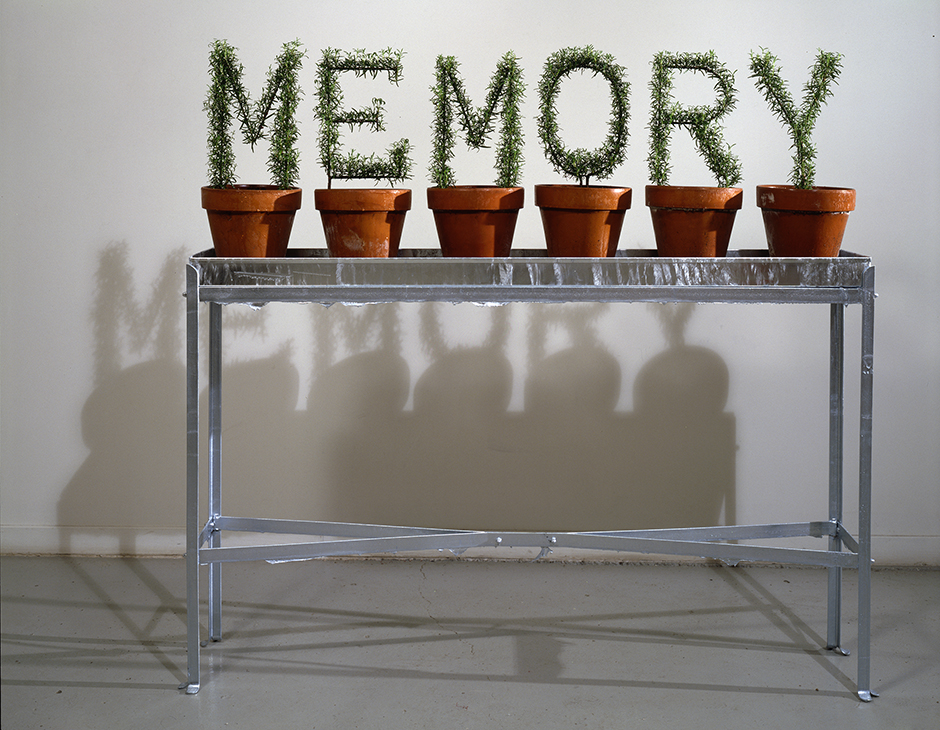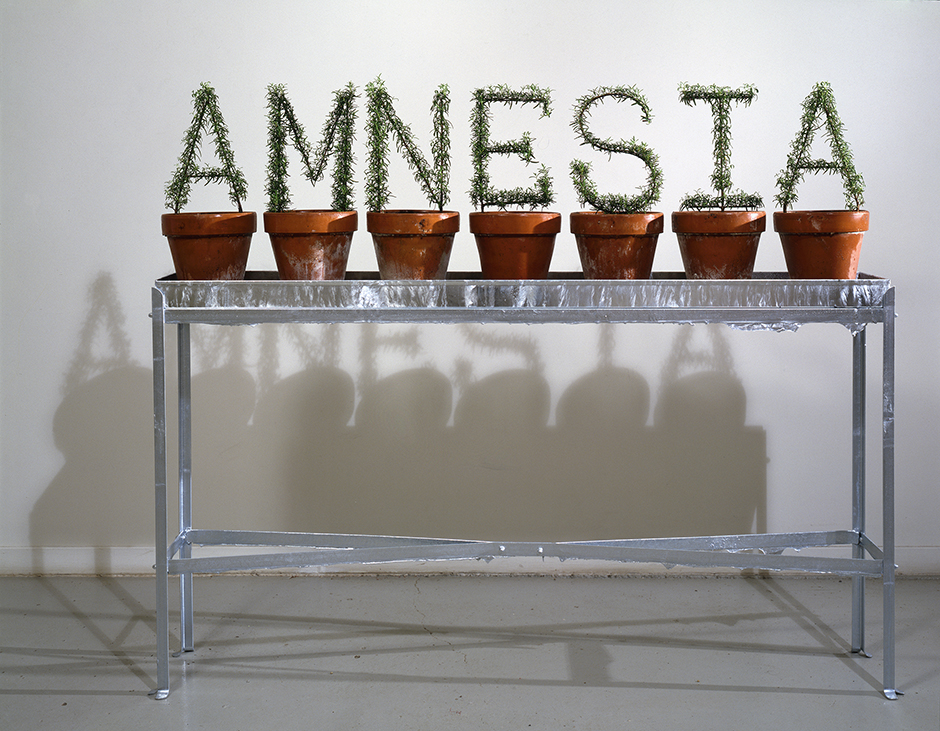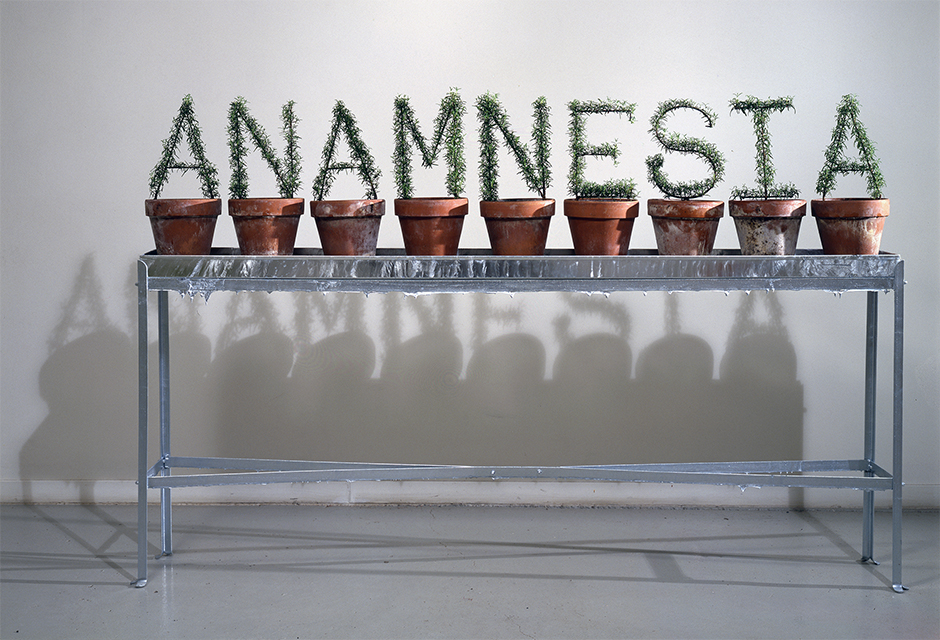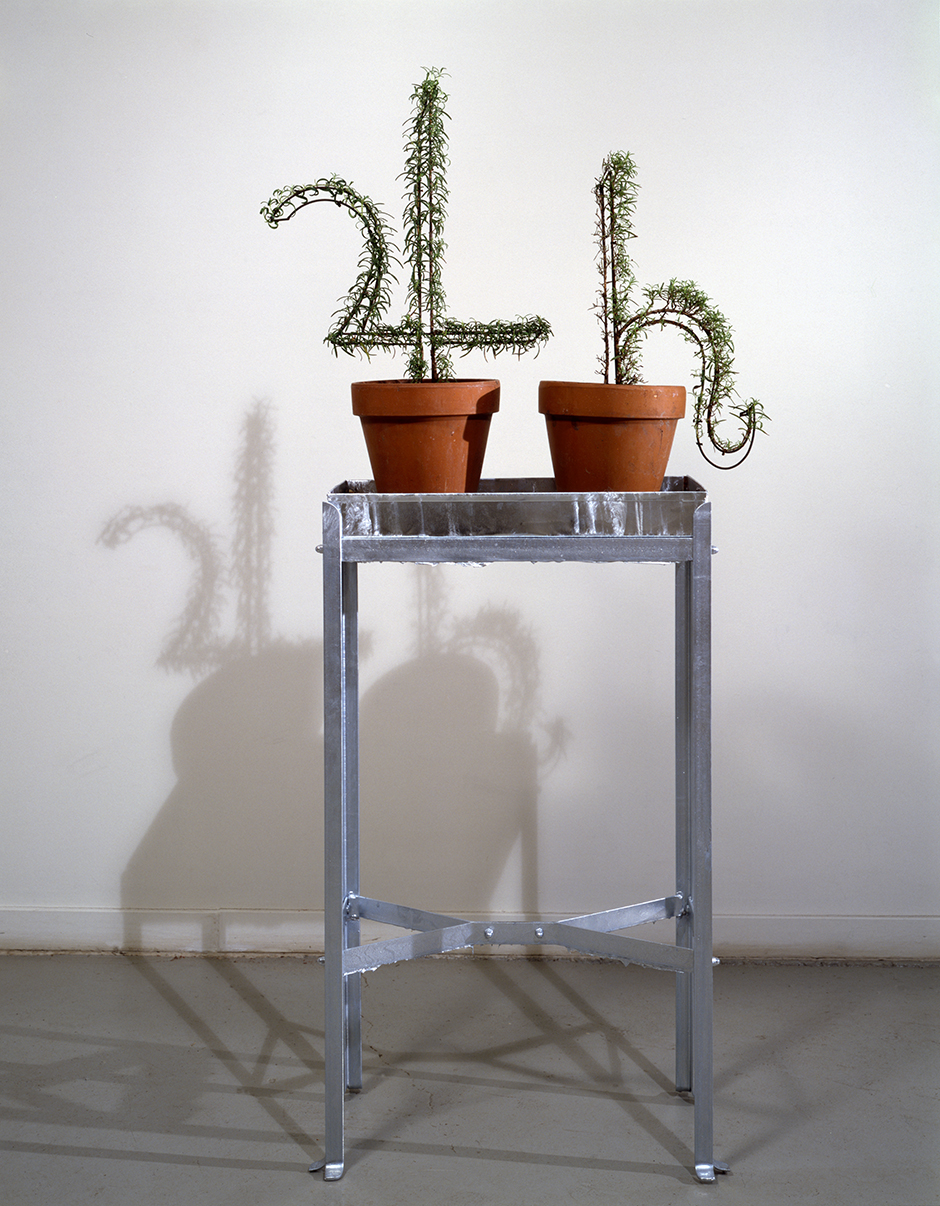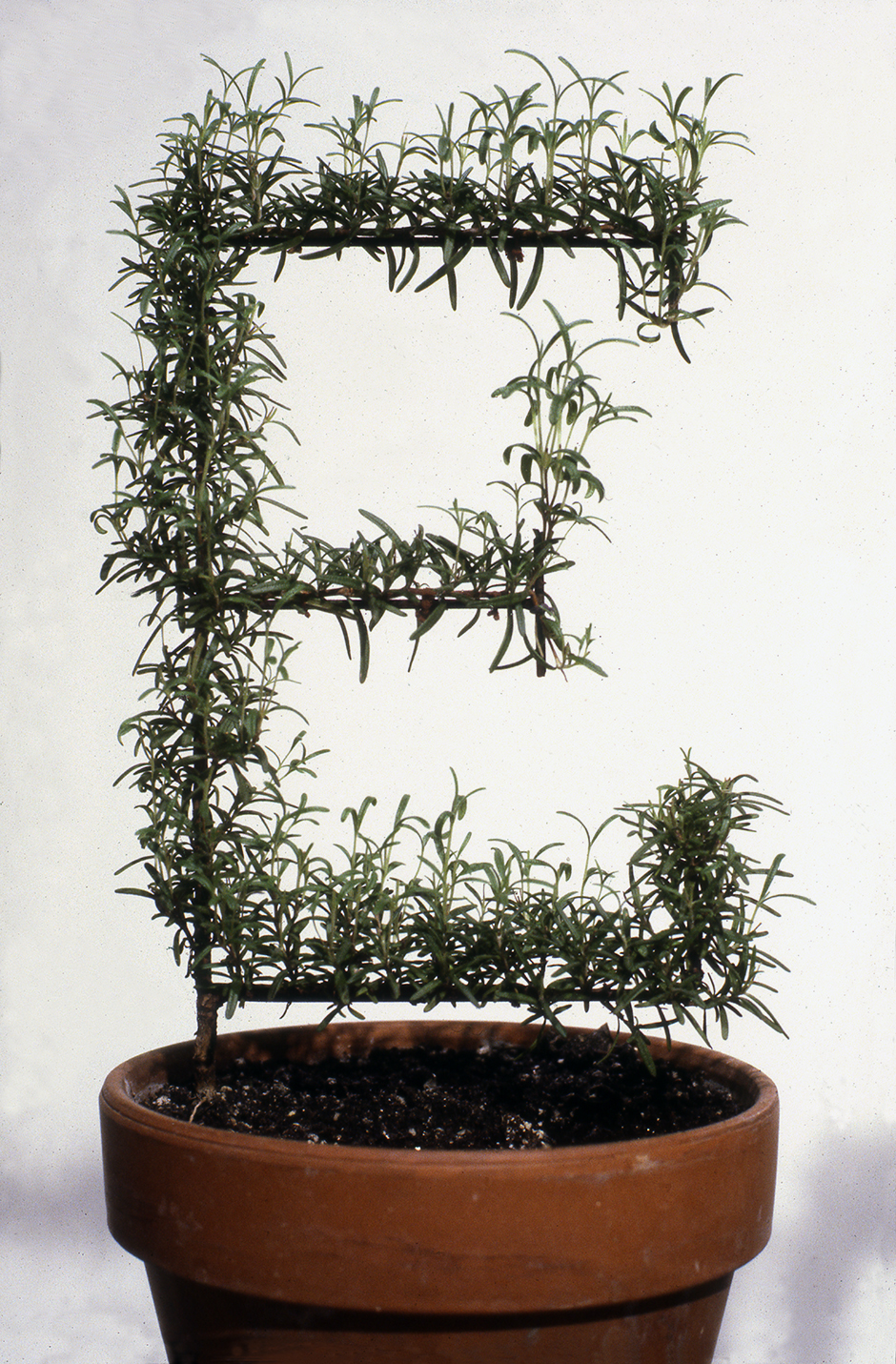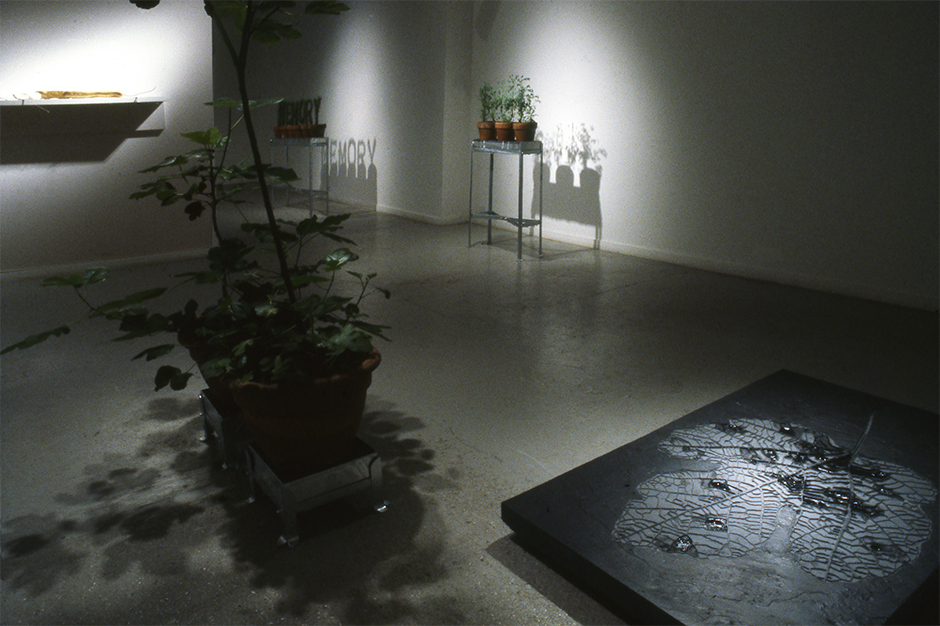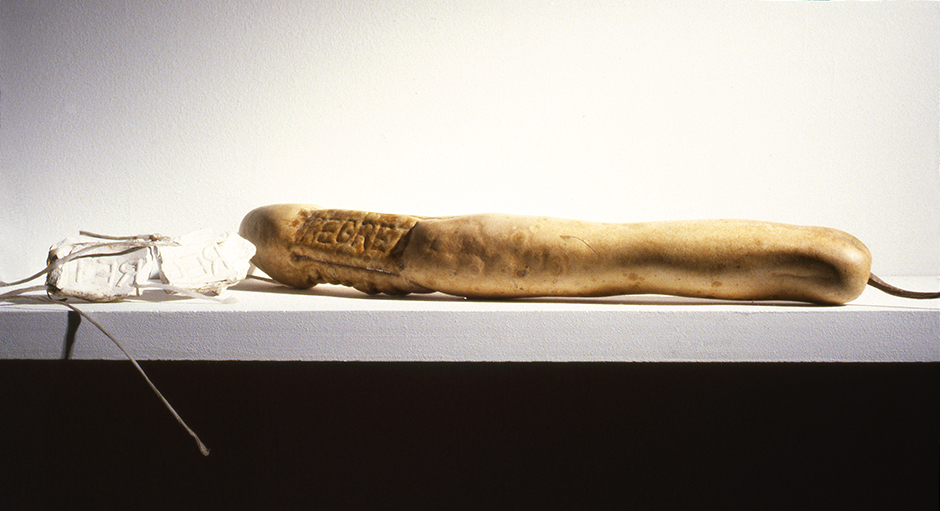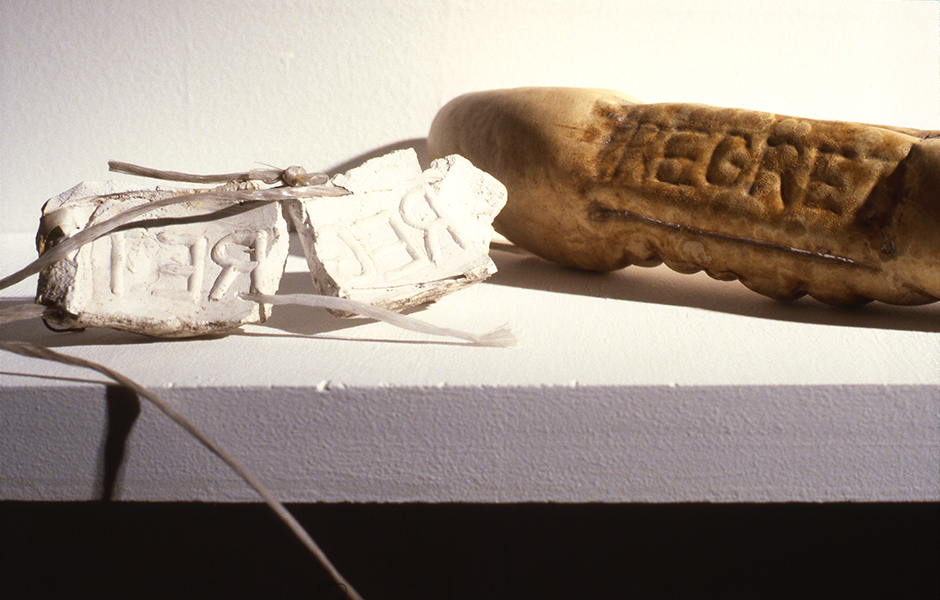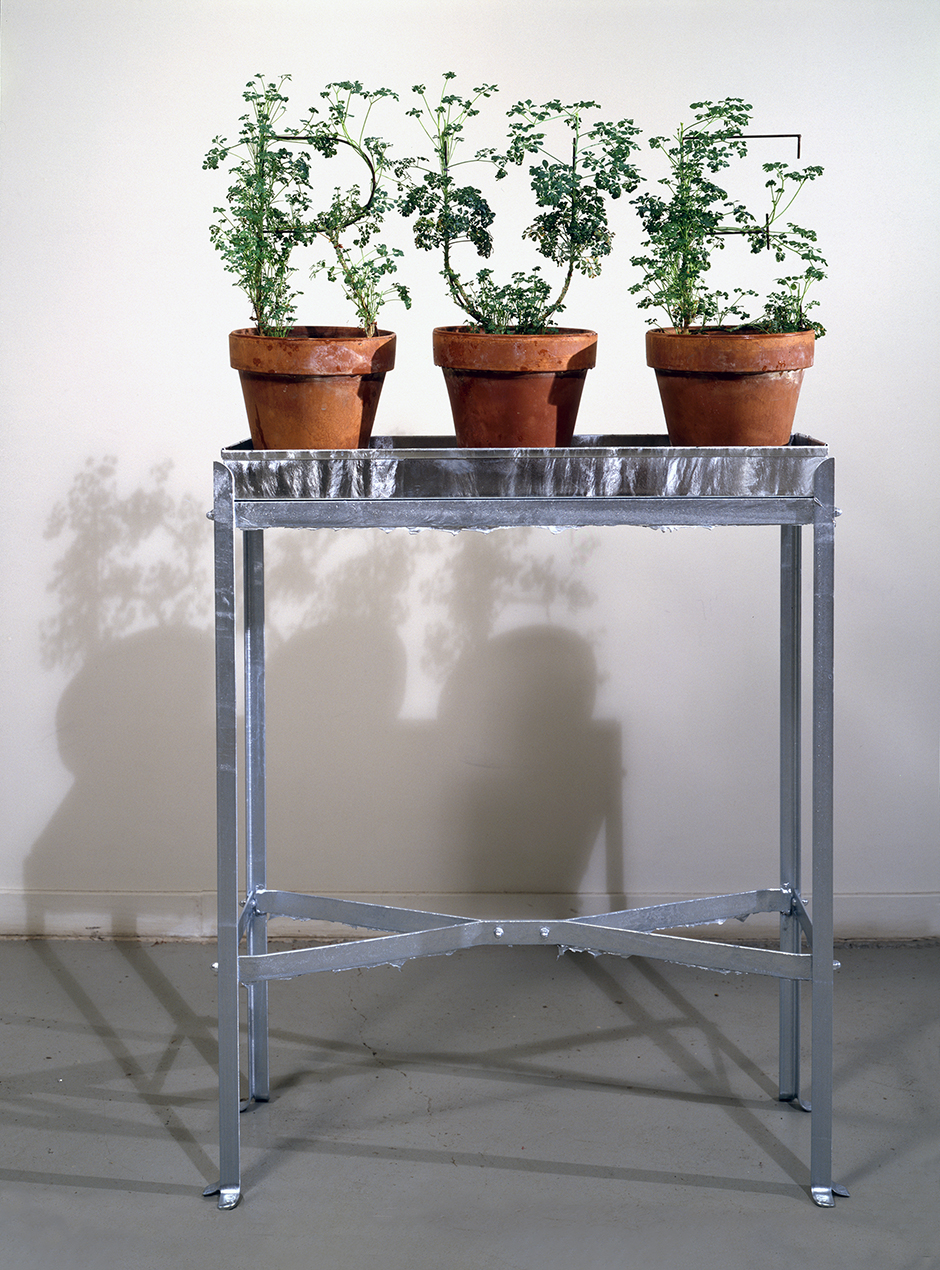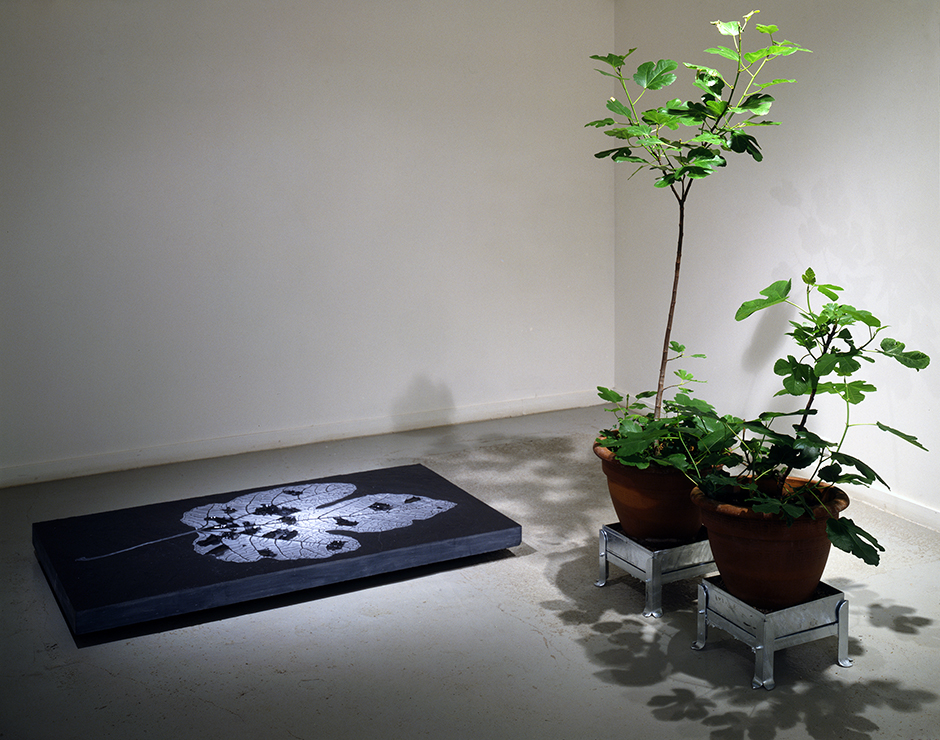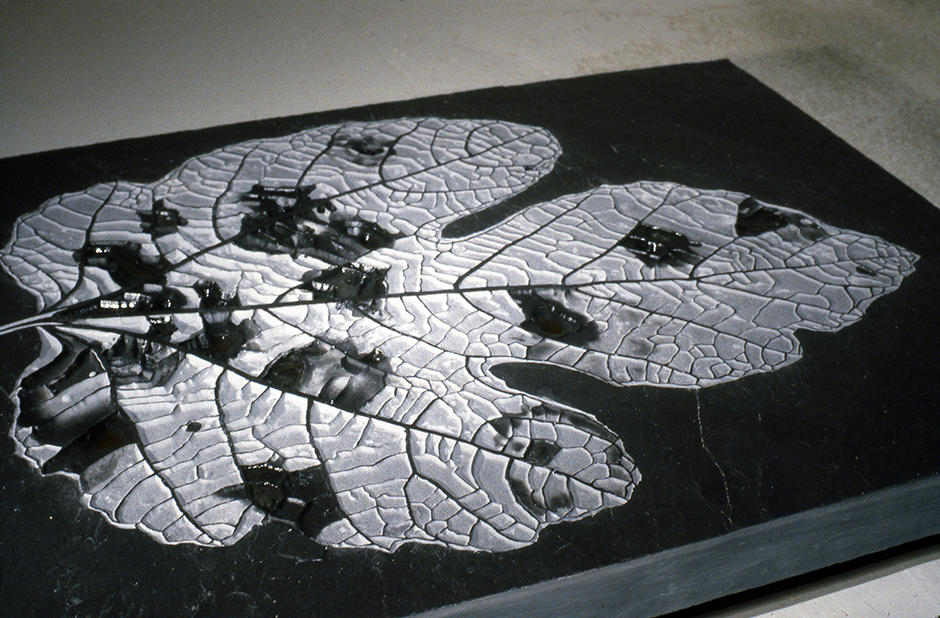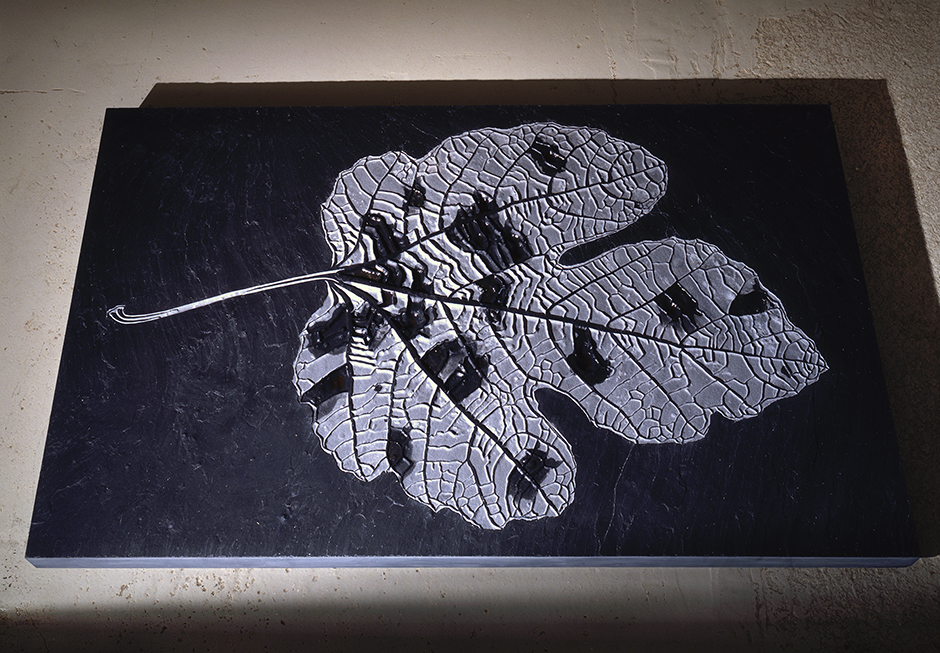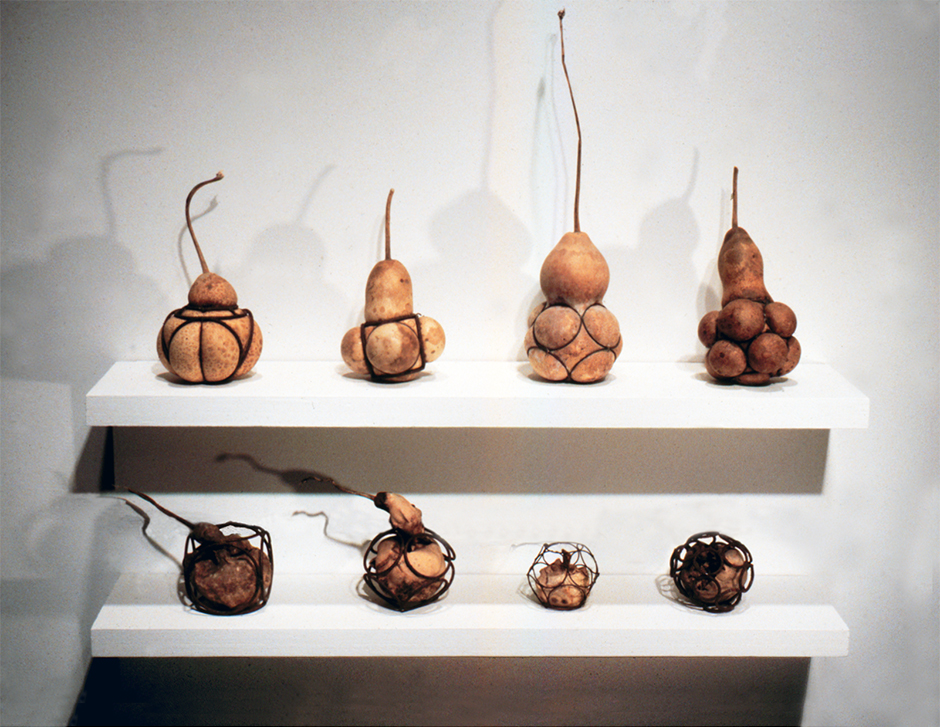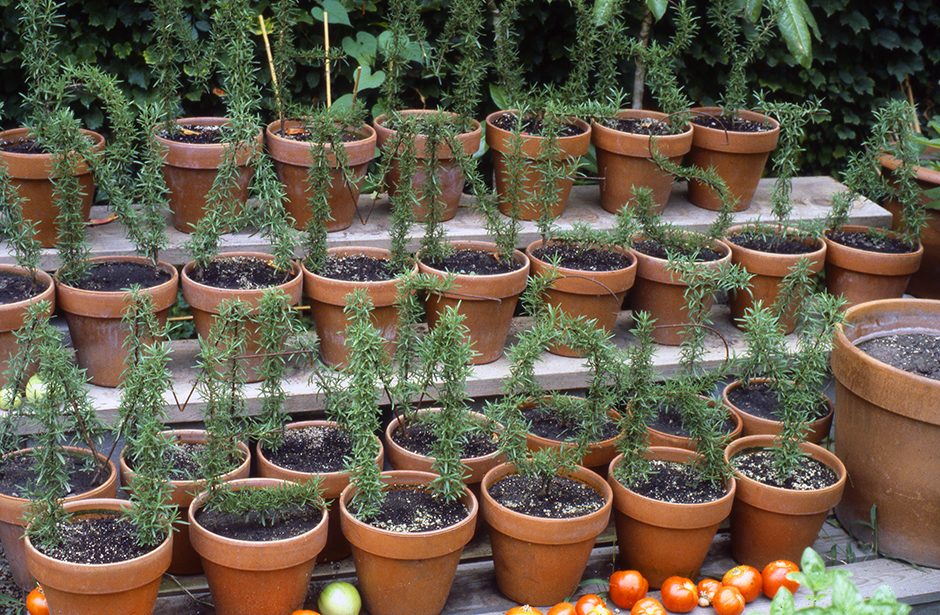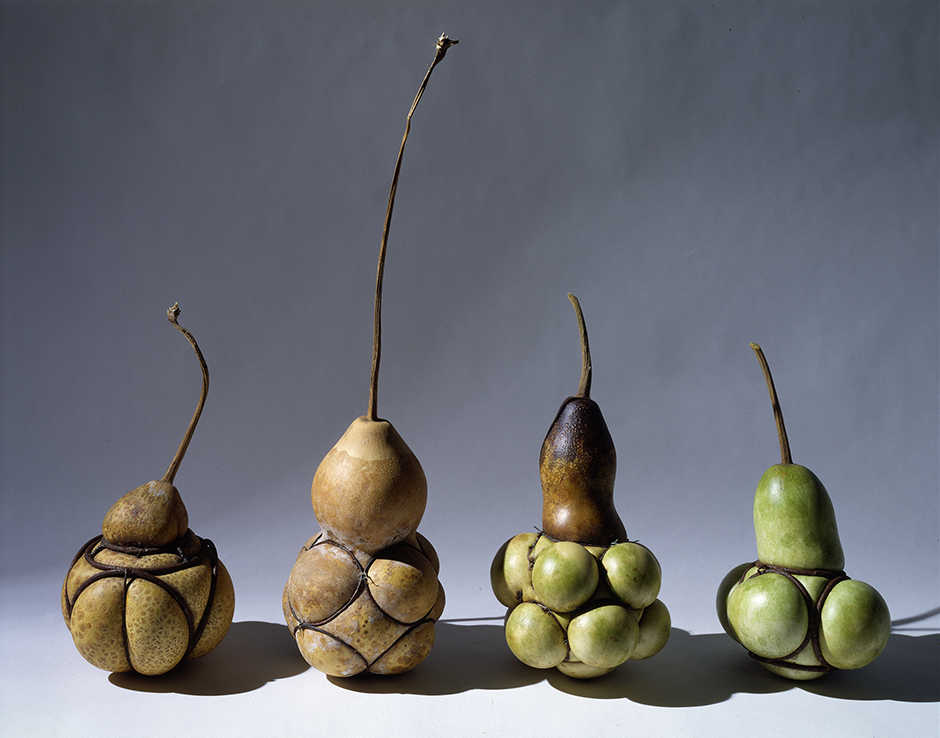FRANCESA
RANCESWR
ANCESWHT
NCESWHIE
CESWHITT
ESWHITEA
SWHITEHL
WHITEHE
HITEHEA
ITEHEAD
TWHEADF
EHEADFR
HEADFRA
EADFRAN
ADFRANC
DFRANCE
DATE
1992-93
SOLO EXHIBITION
DART Gallery
Chicago, Illinoiis, USA
THE NATURE OF THE MACHINE
Kinetic and Biokinetic Art
Chicago Cultural Center
Chicago, Illinoiis, USA
ABOUT NATURE
The Cleveland Center for Contemporary Art
Cleveland, Ohio, USA
ADDITIONAL INFORMATION
FOR THE LOTOPHAGI
The Lotophagi installation reveals the impact of working with living plant materials and moves Whitehead's work into true post-industrial hybridity. The enormous, iconic, hot-dipped galvanized and shellac "dish" full of aromatic rosemary essential oil signals the shift. Part autonomous METAOBJECT- part botanical representation- the tell-tale leaf form interrrupts the artefactual, industrial logic.
Part autonomous METAOBJECT- part botanical representation, the tell-tale leaf form interrrupts the artefactual, industrial logic.
The lotus references the pharmacalogical myth of an elixir made by the lotus eaters, possibly from the Blue Lotus / Lily Nymphaea caerulea, in order to produce willful amnesia. Rosemary topiaries flank the dish, an ecological evocation to come-to-our-senses. A side gallery continues these themes, with an unruly RUE topiary, a pair of living fig trees, and a gourd imprinted with REGRET.
Rosemary topiaries flank the dish, an ecological evocation to come-to-our-senses.
From- Notes about the projects using plant materials F.Whitehead 1995
Plant oils used Oil of Rosemary, Oil of Rue and Oil of Laurel have extremely strong odors. Untitled (for the lotophagi) and the DREAM each contain from 1/2 gallon to 5 gallons of oil extract and consequently fill the space with a pungent perfume odor. The Oil of Rue used in the slate piece can be noxious and it is therefore used sparingly. Also, the names for plants, especially the Linnaean and Latin names reveal a great deal about their botanical and chemical nature and their cultural history. Some of these references are as follows:
Rosemary: Shaped living plants followed. Rosemary, Rosemarious officianallis famous for its tie to remembrance is easily topiaried and cultivated into MEMORY, AMNESIA and ANAMNESIA (return of memory after amnesia). They silently indict the large dish of Oil of Rosemary, very pungent in smell. While you read the mutable language with your mind you view the immutable object and smell with your body. The dish takes the form of a lotus leaf, eaten by the lotus eaters of literature (lotophagi) to produce willful amnesia. Memory is in forgetfulness.
Rue Ruta graveolen (literally "grave rue"), is not a woody plant and does not lend itself to topiary. It does not cooperate, unlike Rosemary (which is woody and remembers to remember) Rue the verb is synonymous with the plant name and means to remember with regret. It is historically the bitter herb of regret, a penance. The Rue topiary is a testimony and a reminder that one cannot control everything. I learned much later that is is a powerful natural abortive and is used frequently by women of eastern Europe for this purpose.
Fig: The untitled slate piece with oil of rue and edible fig Ficus kodata is about lost innocence. The 600 lb. slate is tombstone, fossil, tabla rasa and minimalist sculpture eroding under the small but noxious burden of regret (essential oil of rue). It is a passive dish and a metaphoric relic. It is also a representation of the fig leaf, a charged and recognizable symbol in western culture for guilt, sexual repression, lost innocence and shame. The two fig plants, (like Adam and Eve) stand beside the fossilized version of themselves. The last element of this group of work is the "regret" gourd that is related to the bottle gourd pieces described above.
